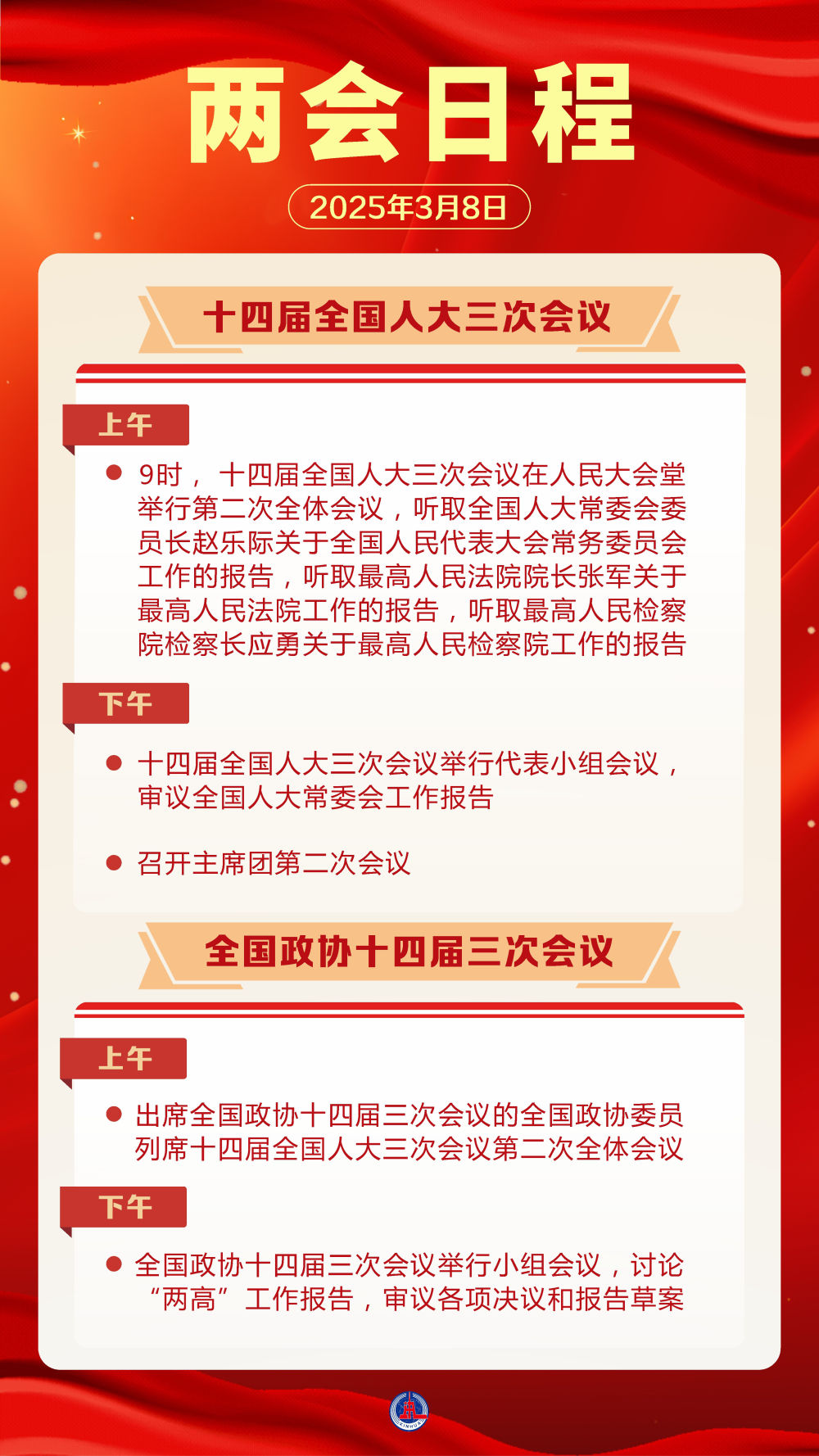Grain production is related to the people's livelihood on one end and to national security on the other. The government work report submitted to the Third Session of the 14th National People's Congress for review on March 5 put forward the main expected development goals for this year, clarifying that grain output is about 1.4 trillion jin.
This is the first time that my country has set a new goal of about 1.4 trillion jin for grain output in the government work report after its grain output stabilized at more than 1.3 trillion jin for 10 consecutive years and exceeded a new level of 1.4 trillion jin in 2024.
What is the basis for determining this goal?
More than 1.4 billion people want to eat is the real national condition of our country. Grain has been producing bumper years, but with the improvement of living standards, people have eaten more meat, eggs and milk, and need more and more feed grains to convert. The demand for food is constantly expanding, and the overall grain is still in a tight balance between supply and demand.
In January this year, the Central Committee of the Communist Party of China and the State Council issued the "Rural Comprehensive Revitalization Plan (2024-2027)", which clearly stated that by 2027, substantial progress will be made in the comprehensive revitalization of rural areas and agricultural and rural modernization will reach a new level. "The foundation of national food security is more solid" is an important aspect.
The target of about 1.4 trillion jin is set in 2025. The plan report believes that it will help stabilize agricultural production and social expectations. With the in-depth implementation of the strategy of storing grain in the land and storing grain in technology, the food security guarantee capacity continues to improve, and there is a foundation and support to achieve this goal.
How to achieve this?
In the three major reports, there are a series of practical and hard-working measures:
——Strive for the protection of arable land. "People do not eat without grain, and grain does not grow without land." Arable land is the lifeblood of grain production.
The government work report proposes to strictly adhere to the red line of arable land and strictly manage balanced occupation and compensation. Promote the construction of high-standard farmland with high quality, strengthen the construction of farmland water conservancy facilities and modern irrigation areas, and promote the management of degraded arable land.
Du Gang, a member of the National People's Congress and chairman of Wudaohezi Agricultural and Animal Husbandry Cooperative, Zhalaite Banner, Xing'an League, Inner Mongolia Autonomous Region, said that protecting arable land not only requires quantity but also quality. We must make every effort to build modern fertile fields that ensure harvests in drought and flood, high yields and stable production, so that fertile fields can grow good grain, and contribute to ensuring food security.
——Strengthen scientific and technological innovation. In 2024, my country's grain output hit a new high, with the contribution rate of increase in yields reaching 80%. This year's government work report has made arrangements for accelerating the research and development and application of advanced and applicable agricultural machinery and equipment, large-scale promotion of agricultural scientific and technological achievements, and in-depth implementation of seed industry revitalization actions.
In recent years, although my country's grain production has been bumper years, there is still room for improvement in agricultural field production technology. The Ministry of Agriculture and Rural Affairs stated that it will insist on improving yield and quality at the same time, and regard large-scale yield improvement as a key measure for grain production. Accelerating the promotion of agricultural scientific and technological achievements will increase the rate of technology in place and drive large-scale grain production.
Seeds are the "chips" of agriculture, which directly affect grain output and quality. Ru Zhengang, a member of the National People's Congress and professor at the Wheat Research Center of Henan University of Science and Technology, said that in-depth implementation of the seed industry revitalization action will accelerate the conquest of a number of breakthrough varieties, ensure food security, and improve the quality of people's catering.
——Protect two "positiveness". Since last year, the prices of some agricultural products have been sluggish, and the prices of some varieties have fallen significantly, affecting the efficiency of agricultural production and operation. Only when farmers can make money by growing grain, grain production is guaranteed.
The government work report proposes that comprehensive measures should be implemented to promote the prices of important agricultural products such as grain to maintain a reasonable level. Launch inter-provincial horizontal interest compensation for grain production and sales areas under the central government’s coordination, increase support for major grain-producing counties, and protect the enthusiasm of grain-growing farmers and major grain-producing areas.
The budget report also clarifies a series of measures such as improving agricultural subsidy policies, continuing to provide rewards and support to major grain-producing counties, and developing multi-level agricultural insurance.
Ban Litong, member of the National Committee of the Chinese People's Political Consultative Conference and professor at the School of Agriculture and Resources and Environment of Tianjin Agricultural University, said that these key measures will improve the policy system for grain production support and help achieve the goal of about 1.4 trillion jin of grain output.


